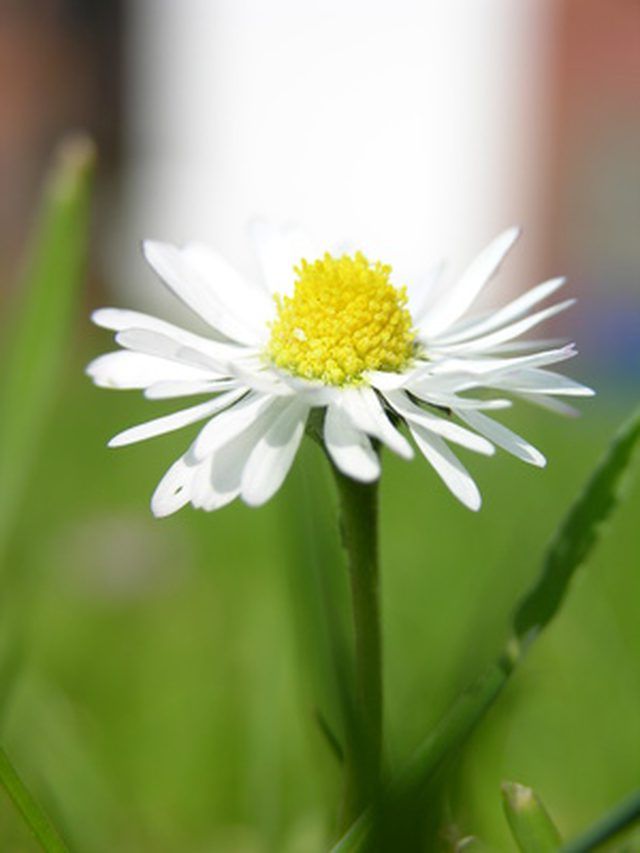Bulbs
Flower Basics
Flower Beds & Specialty Gardens
Flower Garden
Garden Furniture
Garden Gnomes
Garden Seeds
Garden Sheds
Garden Statues
Garden Tools & Supplies
Gardening Basics
Green & Organic
Groundcovers & Vines
Growing Annuals
Growing Basil
Growing Beans
Growing Berries
Growing Blueberries
Growing Cactus
Growing Corn
Growing Cotton
Growing Edibles
Growing Flowers
Growing Garlic
Growing Grapes
Growing Grass
Growing Herbs
Growing Jasmine
Growing Mint
Growing Mushrooms
Orchids
Growing Peanuts
Growing Perennials
Growing Plants
Growing Rosemary
Growing Roses
Growing Strawberries
Growing Sunflowers
Growing Thyme
Growing Tomatoes
Growing Tulips
Growing Vegetables
Herb Basics
Herb Garden
Indoor Growing
Landscaping Basics
Landscaping Patios
Landscaping Plants
Landscaping Shrubs
Landscaping Trees
Landscaping Walks & Pathways
Lawn Basics
Lawn Maintenance
Lawn Mowers
Lawn Ornaments
Lawn Planting
Lawn Tools
Outdoor Growing
Overall Landscape Planning
Pests, Weeds & Problems
Plant Basics
Rock Garden
Rose Garden
Shrubs
Soil
Specialty Gardens
Trees
Vegetable Garden
Yard Maintenance
Pyrethrum Daisy As a Pesticide
Pyrethrum Daisy As a Pesticide. The pyrethrum daisy, better known as a chrysanthemum, has long been known to have insecticidal properties. The flowers naturally repel a number of pests, from fleas to lice to mosquitoes. While it is certainly a beautiful and colorful addition to any garden, the pyrethrum daisy is also one of nature's strongest, most...

The pyrethrum daisy, better known as a chrysanthemum, has long been known to have insecticidal properties. The flowers naturally repel a number of pests, from fleas to lice to mosquitoes. While it is certainly a beautiful and colorful addition to any garden, the pyrethrum daisy is also one of nature's strongest, most effective insect repellents.
History
The use of pyrethrum as a natural bug repellent dates back hundreds of years. First used in the Middle East, pyrethrum was frequently dried and traded on the Silk Route. As the flower's popularity grew, it moved into Europe, where it continued to be used for its pesticidal properties. By the time World War II began, pyrethrum daisies were harvested as a natural pest repellent for the allied forces.
Harvesting Pyrethrum
Pyrethrum is harvested from the seeds in the center of the pyrethrum daisy plant. The oil is found on the seed cases, which are first dried and then pelletized and crushed. Afterward, oleoresins are extracted, which contain pyrethrin, the active pesticidal ingredient found in pyrethrum.
How it Works
Pyrethrin is a naturally occurring neurotoxin that can affect the nervous system of all insects at its strongest concentration. Pyrethrum causes the insects to lose control, paralyzing and sometimes killing them. When the substance is less concentrated, it effectively repels mosquitoes, mites, ticks, fleas, lice, ants and more.
Pyrethrum Today
Advances in technology have allowed us to expand on the use of pyrethrum for widespread mosquito control. Pyrethrin is often combined with other chemicals to create a synergized pyrethrin, which intensifies the pescticidal properties and has a more lasting effect than pyrethrin alone.
Growing Your Own
Pyrethrum daisies are relatively easy to grow, whether you choose to start the seeds indoors or sow them outdoors. The flowers grow up to 24 inches tall, with white petals and yellow centers. The most important consideration when growing your own pyrethrum daisies is the amount of sun and warmth the plants will receive. You can maximize the insecticidal value of these flowers by planting them in the warmest, sunniest spot in the garden.
Considerations
When planting in your garden, this plant can be extremely effective at keeping away the pests. However, one consideration to keep in mind is whether your plants actually need bugs for pollination; planting pyrethrum daisies too close to vegetables and flowers may actually prevent pollination.